This article will introduce the ten most expensive ornamental fish in the world. Some of these fish are rare species, while others are very rare, and their prices are much higher than ordinary fish. The following are super rare ornamental fish such as Koi Loulan, Blood Red Dragon, Freshwater Polka-dot Ray, Platinum Arowana, Red Mint Angel, Blade Fin, Golden Fox, Seven-banded Nine-spined Bass, and Neptune Grouper. Let’s find out what makes these high-end varieties special.
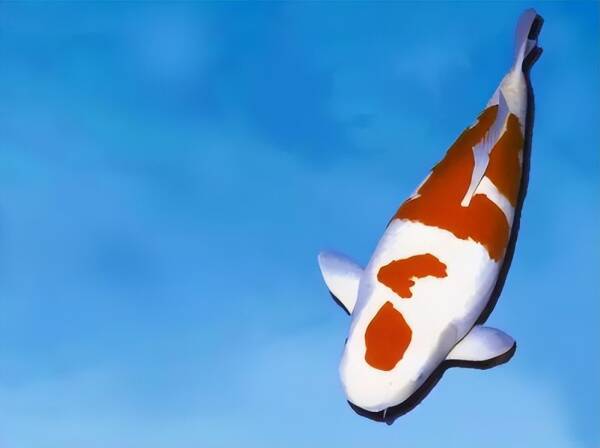
1. Koi Loulan (20 million yuan/piece)
Koi Loulan is actually a Japanese red and white koi, and red and white are the representative varieties of koi. Loulan is a small ancient country located in western China. It is estimated to have a history of about 1,600 years. During the excavation of the ancient city ruins, people discovered a female mummy, known as the Loulan Beauty. Because of its extremely graceful shape, this red and white koi is known as the "Koi Loulan". Loulan's owners, Mr. Ogawa and Mr. Hashimoto, took Loulan to participate in Japan's 22nd and 24th Koi Selection Competition in the 1990s. With its stunning snow-white skin and deep ruby red, Loulan won the championship twice and became the world's most expensive ornamental fish with an auction price of up to 20 million. Although many years have passed and Loulan has long passed away, this record has not yet been broken.
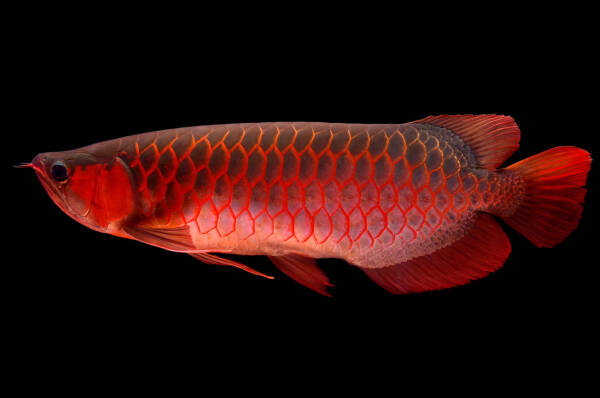
2. Blood Red Dragon (approximately 4.139 million yuan/piece)
The Blood Red Dragon is a unique species of Arowana that originates from the area north of Lake Sentaram in Indonesia. This arowana is known for its high-speed swimming and feeds mainly on small fish and shrimp. The blood-red arowana has a beautiful appearance and brilliant colors and is one of the most popular ornamental fishes. When the blood-red arowana grows to a fully mature stage, its shape and color are in excellent condition, with red and purple intertwined, truly showing a variety of expressions. The most eye-catching thing is that it holds its head high and shows a domineering demeanor. At the 2004 Singapore International Fish Show, a Japanese buyer purchased a 2-kilogram blood-red arowana for a sky-high price of US$600,000.
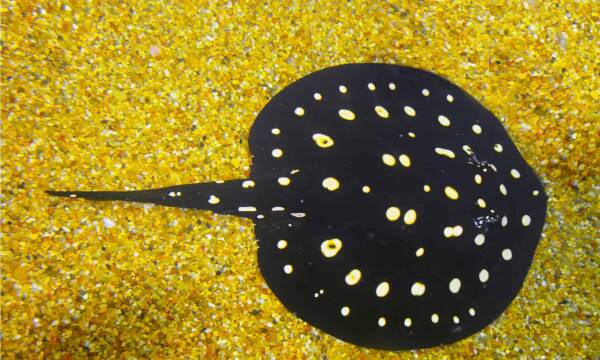
3. Freshwater polka-spotted stingray (approximately 689,000 yuan/fish)
Stingrays are a group of fish that include many species, among which the freshwater polka-spotted stingray is famous for its exhibition in Taiwan. The wild freshwater polka-spotted ray is very rare because its head is U-shaped instead of an ordinary round shape. This is a unique feature caused by a genetic mutation. A freshwater polka-spotted ray caught in the wild has a hefty $100,000 price tag. Although the price of this fish has gradually decreased with the development of artificial breeding technology, it is still very different from wild freshwater polka-spotted rays. Because of its deformed head, it cannot eat shellfish and has lost the ability to survive in the wild. It can only survive in captivity.
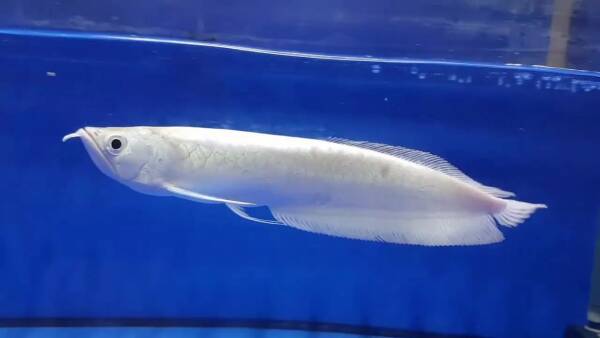
4. Platinum Arowana (about 310,000 yuan/piece)
Platinum Arowana is a type of Arowana, an albino form of Silver Arowana. Its whole body is white and flawless, slightly translucent, its scales have strong texture and shine with a metallic luster, and there is no trace of melanin on its body, making it particularly elegant and highly ornamental. Of course, due to its rare and special status, precious purebred platinum arowana is very rare in the market, so the price is much higher than that of silver arowana. A high-quality platinum arowana may sell for more than 310,000.
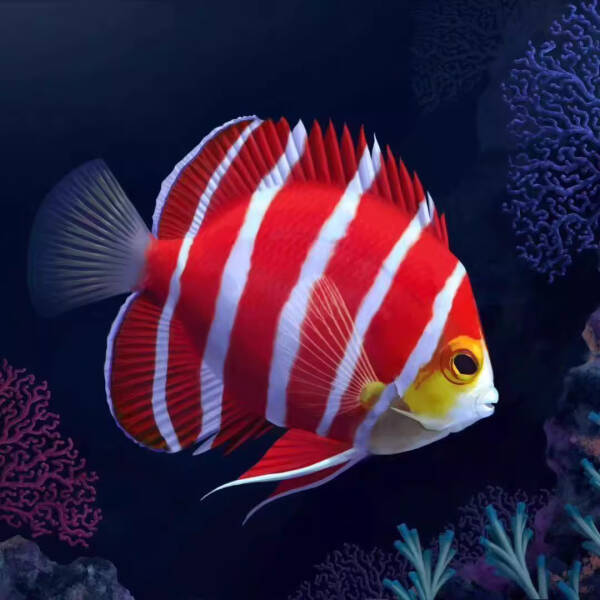
5. Red Mint Fairy (about 82,000 yuan/piece)
The red mint angelfish, also known as the gentleman angelfish, is a carnivorous fish. Its body color consists of three colors: red, white and yellow. The color is bright and bright, very unique, and it can be said to be the noble one among angel fish. Because they mostly live in extremely deep waters on steep reefs on the seabed, and are rarely exported through the aquarium trade, they are very difficult to catch. Only a very small number are caught globally each year, and sometimes there may not even be one. This fish is so rare that it has become one of the most expensive marine fish species in the world. It is said that some people have spent up to 12,000 US dollars to buy this fish.
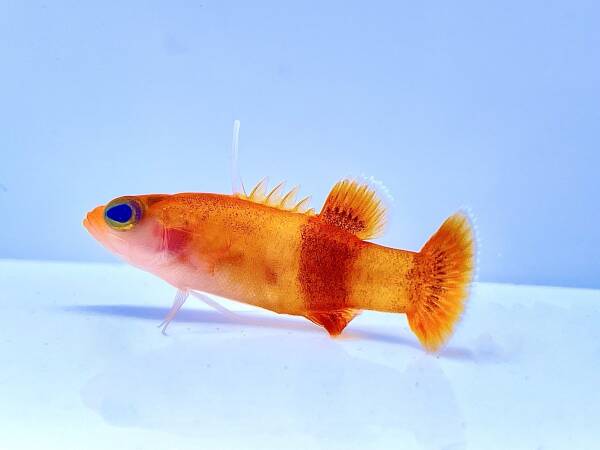
6. Blade Fins (about 68,000 yuan/piece)
The razor blade fin, named for its blade-like dorsal fin, is mainly found in the Caribbean. Its body is transparent and white with multiple orange stripes. This rare fish is one of the popular species among fish collectors. Since its individual size is only about 3.8 centimeters and it lives in deep-sea coral reefs, it is very difficult to observe them in such a deep-water environment, let alone catch them. . Therefore, few people have seen this fish in the market. The bladefin was first discovered on a deep-sea coral reef in the Caribbean, 650 feet below the island of Curacao. Due to its rarity and high price, it is often necessary to pay up to $10,000 to obtain it on the market.
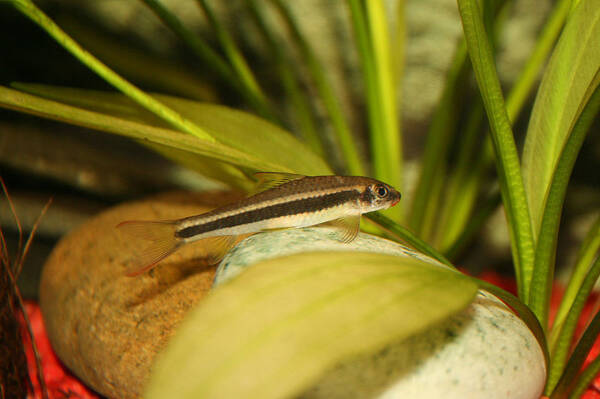
7. Golden Fox (about 55,000 yuan/piece)
The golden fox is one of the smallest members of the perch family and is mainly found in the Pacific and Atlantic waters. They have extremely strong vitality and are relatively easy to raise. When they reach adulthood, their entire body will turn golden and very beautiful, so they are a good ornamental fish species. However, it is difficult to find the golden fox on the market, and few people know its existence. The reason is that if you want to get the golden fox, you must use a deep-sea submarine to capture it, and it is very timid and afraid of people. It often hides and is difficult to catch. Therefore, it is not surprising that the golden fox is worth more than 8,000 US dollars.
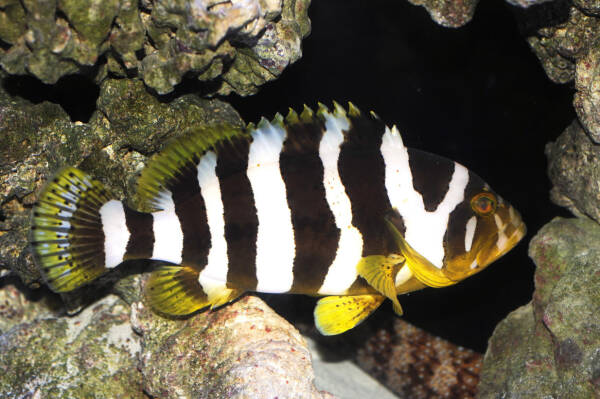
8. Seven-banded nine-spiny bass (approximately 41,000 yuan/piece)
The seven-banded nine-spined bass, also known as the fifty-nine-spined bass, has a bright body color. When it is a juvenile, its body is bright yellow with white stripes, which is very beautiful. At present, it is widely distributed in the Pacific Ocean, including southern Japan, the South China Sea, Taiwan and other waters. It is highly mobile and often feeds on small fish and invertebrates. Its meat is tender and delicate and is one of the best ingredients for making sashimi. In addition, the seven-banded nine-spined bass is also a rare deep-sea fish. In 2012, a 3-inch seven-banded nine-spined bass appeared in Singapore and was sold for more than $6,000. It is extremely valuable.
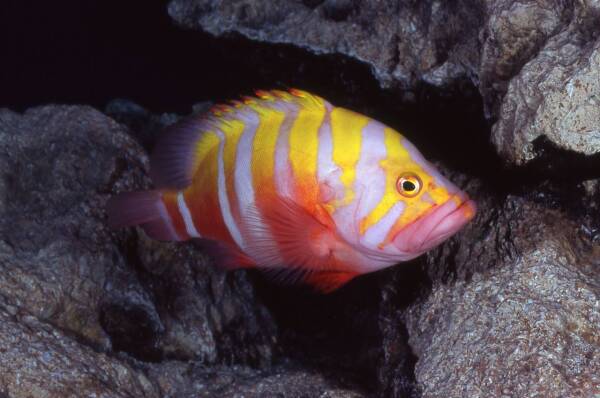
9. Neptune Grouper (about 41,000 yuan/piece)
Neptune groupers have attractive body colors at different stages of growth. Baby Neptune groupers are intertwined with yellow and orange, while adults are bright yellow with a touch of hot pink. Since Neptune groupers rarely live in shallow waters, catching them requires many challenges. For example, divers need to ascend slowly after capture to minimize the stress on humans and Neptune groupers. Therefore, the number of Neptune Grouper is very limited on the market, and its price naturally climbs to more than 6,000 US dollars.
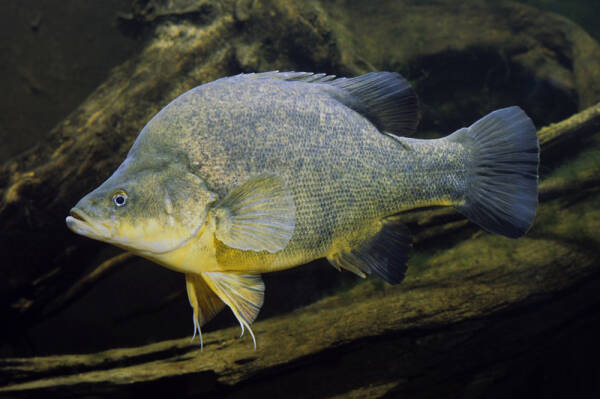
10. Australian Golden Turtle Bass (about 34,000 yuan/piece)
The Australian golden turtle bass has distinctive stripes and colors, likes to hide under rocks, and likes to eat live food such as devil shrimp. The earliest humans discovered the Australian Golden Turtle Perch in Australian waters. It is good at "escaping" because it swims extremely fast, which makes fishing a certain degree of difficulty. It has appeared in the US market since 2011 and has always been highly concerned by fish lovers. But because the quantity is very rare, the market price has soared to more than 5,000 US dollars.
The ranking list of the top ten most expensive ornamental fish in the world is mainly based on the market sales or auction prices of different types of ornamental fish. The list is for reference only. If you have any questions, please comment/communicate at the end.
animal tags:
We created this article in conjunction with AI technology, then made sure it was fact-checked and edited by a Animals Top editor.